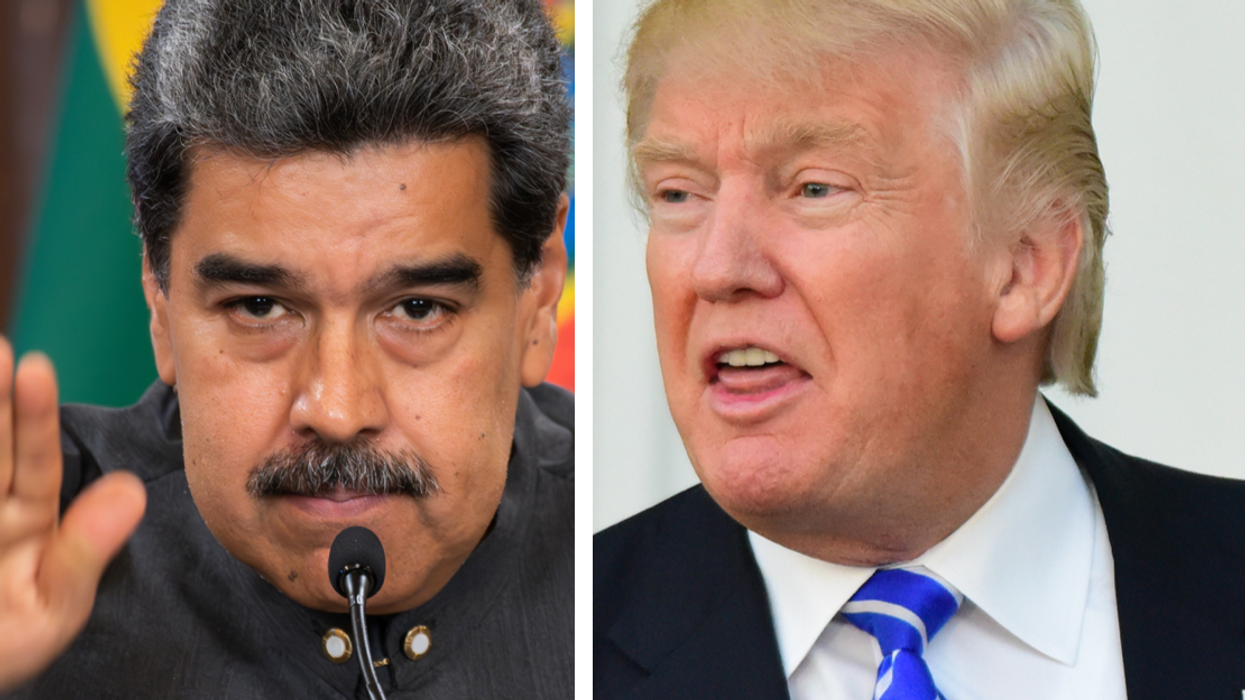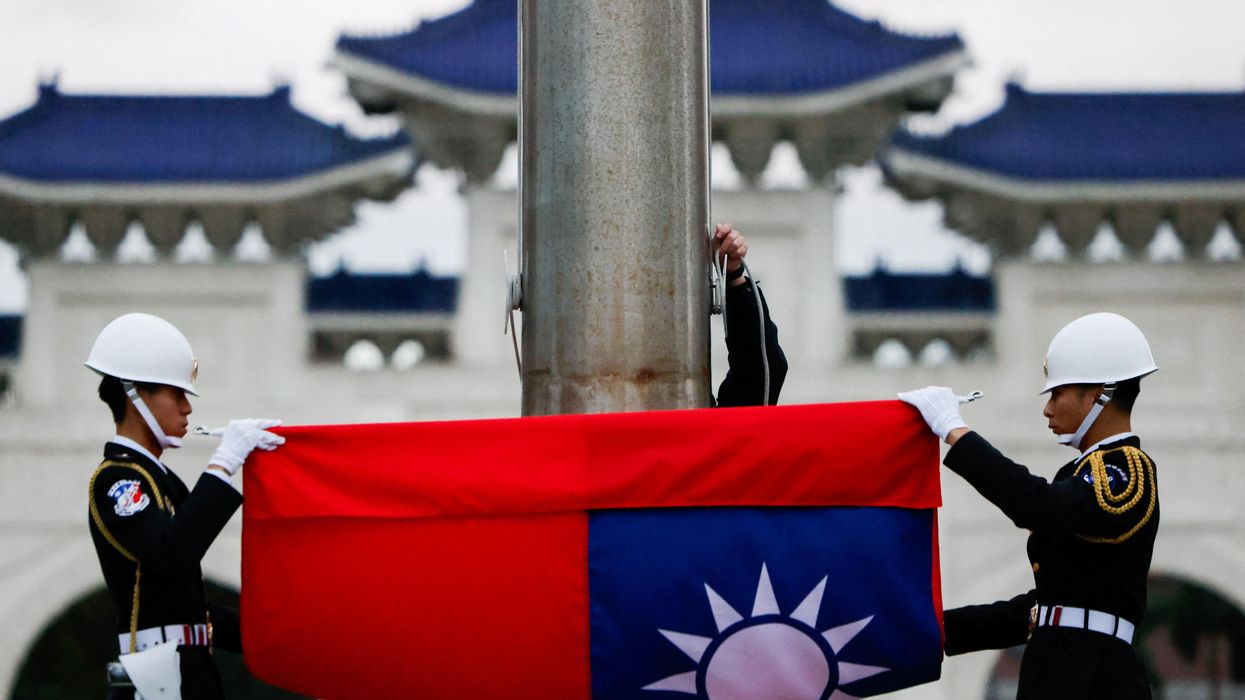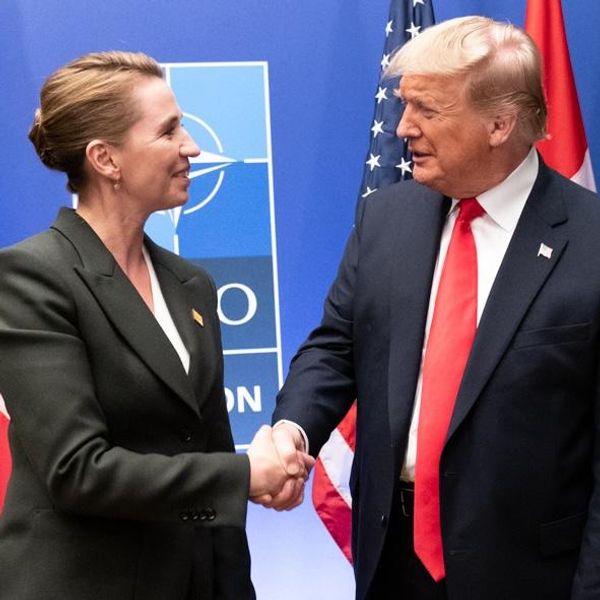The Taliban are making rapid territorial gains in Afghanistan’s countryside while Afghan security forces coalesce around urban centers. But the only sustainable path that will bring peace is a political settlement and a new constitution inclusive of the Taliban’s viewpoints.
After the United States toppled the Taliban regime in 2001, a conference was held in Bonn, Germany to decide what kind of state would replace the Taliban’s Emirate in Afghanistan. But the Taliban were excluded as most stakeholders at the time, particularly the United States, believed its political future was over. The Bonn process reinstated the 1964 Constitution — the last Afghan constitution with broad legitimacy — as the interim constitution until a new constitution — which draws heavily from the 1964 version — was ratified by a Grand Assembly in Kabul in 2004.
Now after almost two decades, Afghanistan must reckon with the Taliban’s views on law, rights, and legislation. How do those views fit into the legal history of Afghanistan? What does this mean for a post-peace legal system in Afghanistan?
The Taliban are not transparent and the specifics of their constitutional views are unknown. However, there are two constitutional documents that can be linked to the group: the draft Constitution of Taliban, “Dastur Emarat Islami Afghanistan,” prepared by a group of Ulema (those with varying level of trainings in Islamic law) when the Taliban were in power in 1998; and the Charter, “Manshur Emarat Islami Afghanistan” leaked to the public in 2020. The Taliban’s spokesman denied the group’s connection with the latter document, but its content suggests that it at least represents constitutional views of some figures aligned with the group.
Juxtaposing the Taliban’s constitutional documents against the 2004 Constitution makes it clear that a central issue of the peace process is whether the Taliban’s reactionary and traditionalist brand of Islamist politics can be reconciled with the ideals of pluralism and democracy that form the normative basis of the 2004 Constitution, or in media parlance — the “gains” of the last 20 years.
Afghanistan’s constitutional history
The first five decades of Afghanistan’s constitutional history, from the country’s first written constitution until the 1964 Constitution, can be understood as a dialogic struggle between traditional clerics, or Ulema, and the Afghan rulers (and later a broader coalition that included the technocrats and intellectuals as well) over the relations between state law and Islamic law and the legislative power of the state. The ideas of Afghan intellectuals backed by the Afghan rulers ultimately prevailed over the ideas of Ulema. The 1964 Constitution established a hierarchy between state law and Islamic law where the former supersedes as long as it did not contradict the basic principles of Islam. It also placed the legislative power within an elected assembly.
A coup ended the decade-long tenure of the 1964 Constitution, and several constitutions tried but failed to combine the basic formula of the 1964 version with leftist revolutionary ideals. The last constitutional reforms before the fall of the communist regime in Kabul reinstated the basic formulation of the 1964 version.
Islamist constitutions
Shortly after the Soviet Union’s support ended, the communist regime in Kabul fell, and the Mujahideen took over. Ideologically opposed to the leftist regime in Afghanistan, leading figures of the Mujahideen represented a new brand of politics and Islam in Afghanistan. Its leaders adopted an aspirational view of politics based on Islam. They were not Ulema, they were Islamists. They wanted to use the state to transform the country into their ideal vision of an Islamic society. In 1993, the Mujahideen’s government drafted a constitution, “Usul Asasi Dawlat Islami Afghanistan.” Article 6 proclaimed, “Islamic State of Afghanistan is founded on political, social, cultural, and economic institutions which are in accordance with the Islamic principles and rules.” But the Mujahideen’s in-fighting brought about its demise and the rise of Taliban and the 1993 Draft Constitution was never ratified.
Taliban — Islamic law students turned fighters — picked up where Mujahideen left off. After taking over Kabul, they drafted their Constitution in 1998. The Taliban retained most of the Mujahideen's draft and only replaced the political entity with an Emirate.
Both the Mujahideen’s and Taliban’s drafts kept the 1964 Constitution’s chapter on the rights of the citizen, but they added a catch-all restriction that all such rights must comply with Islam.
The Taliban and Mujahideen disagreed, however, on one fundamental issue: elections. In their draft constitution, the Mujahideen, in principle, accepted elections but the Taliban rejected it completely. The reasons behind this divergence were both normative and practical. Normatively, the Taliban rejected elections because it has no precedent in the classical texts of Islamic law. The Mujahideen, on the other hand, accepted it because they adopted a modern reformist understanding of Islamic law which accommodates elections. Practically, the Taliban had no need for elections because of their unitary political organization built around their late Emir, Mullah Omar. This unity made them an effective war machine. The Mujahideen, by contrast, had use for elections to arbitrate the question of who should lead the state since they were a coalition of different factions.
Following 9/11, the United States invaded Afghanistan and ended the Taliban’s rule. The Bonn conference started a process that culminated in a new constitution in 2004 which returned to the basic formula of 1964.
How has the Taliban’s constitutional view evolved?
For indications about how the Taliban’s constitutional views have evolved we can turn to the Charter. The Charter suggests, in defining their insurgency against the post-2001 democratic political order, the anti-democratic and anti-liberal views of the Taliban have actually hardened. Article 10 of the Charter states, “all of those disbelieving laws which contradict the rulings of Islamic law, such as: Republic, Democracy, Socialism, and Liberalism, have no place in Afghanistan.” Article 74 states that the Emirate is not bound by those laws of the international community that contradict Islamic values. It adds that such contradictory international laws include “free speech, human rights, civil rights that go beyond the limits of Islamic law.”
The Charter retains the Emirate, but it circumscribes the powers of the Emir. The Taliban’s draft constitution envisions a prime minister, unilaterally appointed by the Emir, as the head of government. The Charter considers the Emir to be the head of state and government, but it also envisions that the Emir would appoint a number of deputies subject to the approval of the Emirate’s leadership council. The division of power between deputies and Emirs is not clarified but the Charter discusses the power of deputies to approve legislation or appoint and remove Emirate officials alongside the Emir. The Charter also establishes an Ulema council as the final authority on the compliance of the Emirate’s laws with Islam and a dar ul-fatwa, or a Center of Islamic Ruling, as the last arbiter of other political issues if the Ulema Council disagrees with the leadership council on an issue other than compliance of Emirate laws with Islamic law. The Taliban’s draft constitution did not include such a center.
What would constitution-making with the Taliban look like?
The Taliban’s brand of Islamist politics is fairly unique. It has adopted the statist tendency of other Islamist groups around the world in that it wants to use the power of the state to transform the society into its own vision of an Islamic society. On the other hand, the Taliban has remained strictly traditionalist in many ways. For example, it has rejected other tenets of modern Islamism and it is not open to reexamining classical Islamic orthodoxy. It does not view Islamic texts as ethical principles for political, social, cultural, and economic life.
This literalist interpretation of Islam confines the Taliban’s views of what counts as “Islamic” exclusively and uncritically to a narrow reading of the classical texts of Islamic law. The desire to instrumentalize the state coupled with their narrow understanding of what counts as “Islamic” defines the Taliban’s Islamist politics: harsh, uncompromising, and unsympathetic to any relation between state and society based on pluralism and democratic principles.
The closest counterpart to the Taliban brand of political Islam in its structure may be the Iranian Velayat Faqih, the Guardianship of the Islamic Jurist. However, the Iranian model, compared to the Taliban’s version, allows for a circumscribed democracy and limited pluralism because of a whole host of elements in Iranian history and society that act as the counterweight to the theocratic pull of Guardianship of the Islamic Jurist. In the peace process in Afghanistan, the question is whether the relatively democratic and pluralistic post-2001 order can be that counterweight to the Taliban’s brand of Islamist politics? Is the post-2001 order robust and cohesive enough to do that?
The answers to these questions remain to be seen. But the case of Iran offers, at least, one broad lesson: there is a need for a localized intra-Islamic dialogue about democracy and pluralism. In Iran, a group of influential religious scholars, deeply embedded in Iranian society, have always aligned themselves with democratic forces. This alliance has been instrumental in fostering and safeguarding the limited democracy in Iran. In Afghanistan, currently, the democratic coalition does not have a comparable alliance with religious scholars. Democratic forces in Afghanistan should forge such alliances to strengthen their position in negotiating a future constitution with the Taliban, and beyond that, to survive in a Taliban-dominated political system.
















